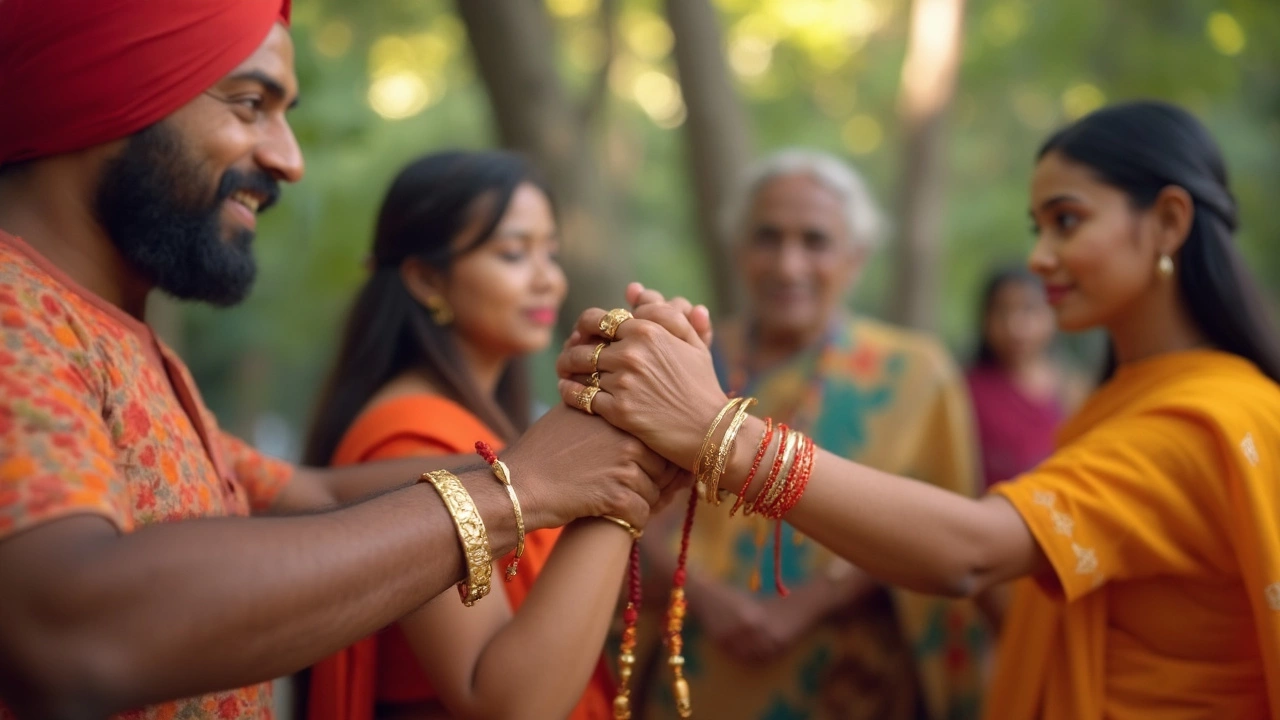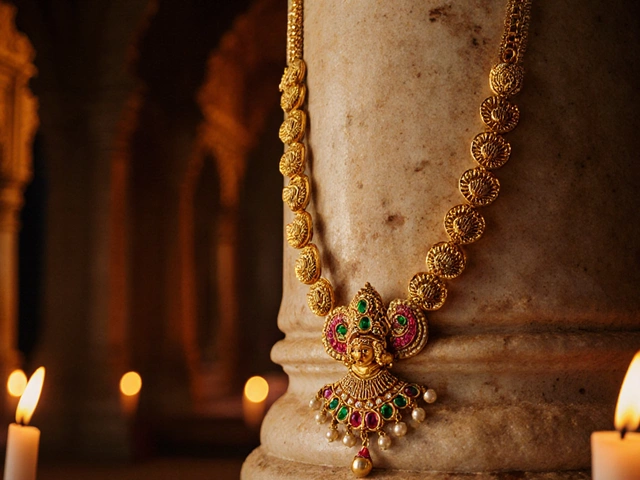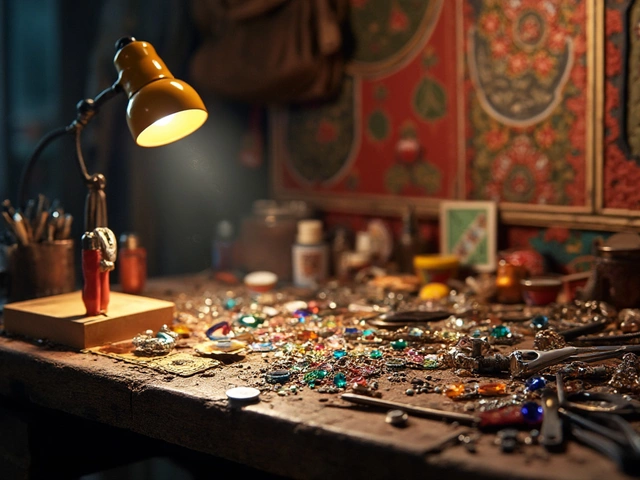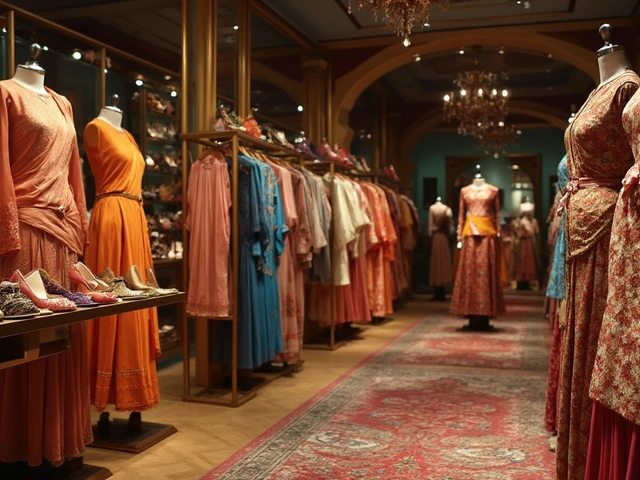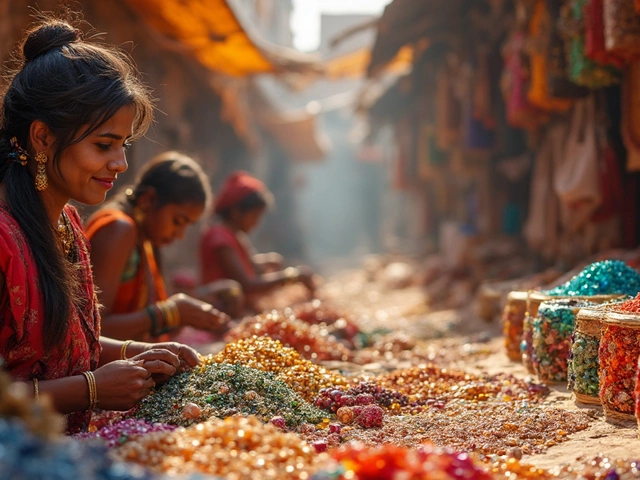Kada Significance: What the Traditional Indian Bracelet Really Means
If you’ve ever seen a thick, shiny bracelet on a Punjabi man or a bride’s wrist, that’s a kada. It’s not just a fashion piece; it’s packed with history, status, and personal stories. In everyday life, the kada tells a lot about who you are without you saying a word.
First off, the word “kada” comes from Punjabi, meaning a strong, unbreakable circle. That circle represents continuity, strength, and the bond between family members. When a brother ties a gold kada on his sister’s wrist, it’s a promise of protection and love that lasts forever.
When and Why People Wear a Kada
Celebrations are the most common moments to sport a kada. At weddings, men wear a gold or silver kada as a sign of respect for tradition, while women might choose a thin, decorative one to match their outfit. Beyond ceremonies, many wear it daily as a reminder of their roots and as a subtle status symbol.
Religious festivals also call for a kada. During Vaisakhi or Diwali, a bright golden kada can be part of the ritual dress, symbolizing prosperity and good luck. Even in the workplace, a simple steel or brass kada can convey confidence without being too flashy.
Choosing the Right Kada for You
Material matters. Gold kada are classic and hold value, while silver offers a lighter feel and a modern vibe. Steel and brass are budget-friendly and perfect for everyday wear. If you’re new to the style, start with a medium-width silver piece; it’s versatile and easy to pair.
Fit is another practical tip. Measure your wrist with a flexible tape—add about 1‑2 cm for comfort. A snug fit looks sleek, but you don’t want it cutting into your skin. Most stores will size it for you, but it’s easy to adjust at home with a little jewelry plier.
Design-wise, plain bands are timeless, but you can also go for carved patterns, enamel work, or even gemstone‑set kada. The choice depends on where you’ll wear it. Simple designs suit work and daily wear; ornate ones shine best at weddings or festivals.
Buying a kada? Look for a hallmarked piece if you pick gold or silver—this guarantees purity. If you’re shopping online, read reviews, check return policies, and compare prices. A reputable jeweler will show the weight, material, and any additional stones clearly.
Finally, caring for your kada extends its life. Keep gold or silver away from harsh chemicals, wipe it with a soft cloth after each use, and store it in a dry pouch. For steel or brass, a little oil now and then prevents rust.
So, whether you’re picking your first kada or adding a new one to a growing collection, remember it’s more than a bracelet. It’s a symbol of heritage, a badge of confidence, and a piece that can be passed down for generations. Wear it with pride and let its story speak for you.
Kada Significance: What Wearing This Traditional Bangle Really Means
Wearing a kada isn't just about looks—it's packed with cultural, religious, and even practical meaning. In India, especially in Sikhism, slipping on a kada goes way beyond fashion. It's a symbol, a reminder, and sometimes a talisman. But the story doesn't stop there; different regions and communities see the kada in their own ways. Here’s what makes this simple bangle mean so much.
